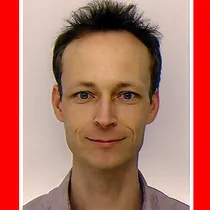Mitochondria undergo fission–fusion events that render these organelles highly dynamic in cells. We report a relationship between mitochondrial form and cell cycle control at the G
1
–S boundary. Mitochondria convert from isolated, fragmented elements into a hyperfused, giant network at G
1
–S transition. The network is electrically continuous and has greater ATP output than mitochondria at any other cell cycle stage. Depolarizing mitochondria at early G
1
to prevent these changes causes cell cycle progression into S phase to be blocked. Inducing mitochondrial hyperfusion by acute inhibition of dynamin-related protein-1 (DRP1) causes quiescent cells maintained without growth factors to begin replicating their DNA and coincides with buildup of cyclin E, the cyclin responsible for G
1
-to-S phase progression. Prolonged or untimely formation of hyperfused mitochondria, through chronic inhibition of DRP1, causes defects in mitotic chromosome alignment and S-phase entry characteristic of cyclin E overexpression. These findings suggest a hyperfused mitochondrial system with specialized properties at G
1
–S is linked to cyclin E buildup for regulation of G
1
-to-S progression.


